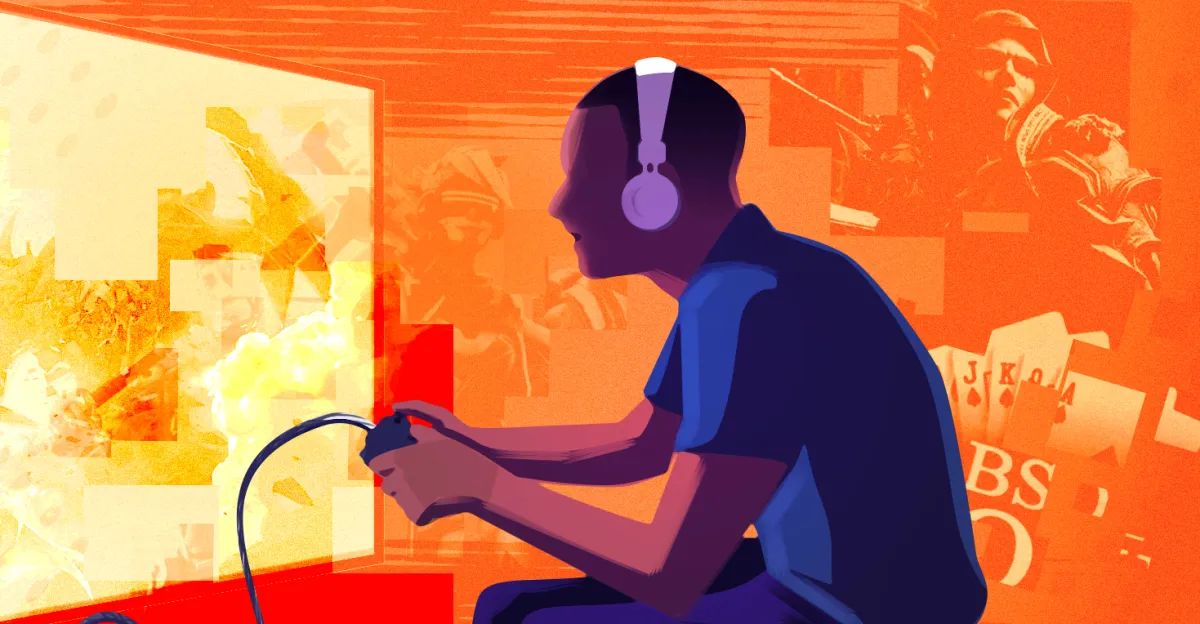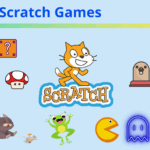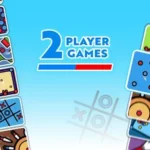At the heart of every addicting game lies a deep understanding of human psychology, particularly our brain’s reward system. The primary chemical driver is dopamine, a neurotransmitter associated with pleasure, motivation, and learning. When we achieve a goal in a game—whether it’s defeating a boss, leveling up, or finding a rare item—our brain releases a burst of dopamine. This positive feedback loop encourages us to repeat the action, creating a powerful incentive to keep playing. Game designers are experts at manipulating this system. They don’t just offer rewards; they offer them on an unpredictable schedule. This is known as variable-ratio reinforcement, a concept famously studied by B.F. Skinner. Imagine a slot machine: you don’t know when the next big win will come, but the possibility of it keeps you pulling the lever. Games apply this principle through loot boxes, random item drops, or the chance of winning a ranked match, making each attempt feel like a fresh opportunity for a reward.
Beyond random rewards, games employ sophisticated progression systems that provide a constant sense of accomplishment. Character leveling, skill trees, and daily quests offer a clear path of advancement. This progression caters to our inherent desire for mastery and achievement. When we invest time into a game, we are not just playing; we are building something—a character, a collection, a reputation—and this tangible sense of growth fosters a powerful emotional attachment. The feeling of “flow,” a state of complete immersion where a player’s skills are perfectly matched to the challenge, also plays a critical role. When we are in a state of flow, time seems to melt away, and we become one with the game, making it easy to lose track of hours.
The Hall of Fame: A Look at the Most Addictive Genres
Certain game genres have mastered the art of engagement through their core design principles. They are the undeniable heavyweights in the world of addictive gaming.
Massively Multiplayer Online Role-Playing Games (MMORPGs) like World of Warcraft and Final Fantasy XIV are perhaps the most famous examples. They create entire virtual worlds where players can socialize, form guilds, and embark on endless quests. The addiction here is twofold: the endless vertical progression (leveling up, acquiring better gear) and the powerful social element. These games create a sense of belonging and camaraderie, and the fear of missing out (FOMO) on guild events or group raids can be a significant motivator to log on daily.

Mobile “Freemium” and “Gacha” Games are a newer but equally powerful force. Titles like Genshin Impact and Candy Crush Saga are free to download, but their monetization relies on microtransactions and chance-based rewards (“gacha” comes from Japanese vending machines). These games are designed for constant engagement with features like daily login bonuses, limited-time events, and the relentless promise of unlocking a rare character or item. The combination of easy accessibility and a relentless reward cycle makes them incredibly hard to put down.
Competitive Multiplayer Games such as League of Legends, Valorant, and Overwatch tap into our innate competitive drive. The addictive loop is centered around skill improvement and ranked play. Every match offers a chance to prove one’s skill, rise in the ranks, and earn social prestige. The highs of victory and the lows of defeat create a powerful emotional rollercoaster that keeps players coming back for “just one more game.”
Finally, Sandbox and Survival Games like Minecraft and Rust offer an entirely different kind of draw. They provide an immense amount of player freedom and creativity. There is no linear path or prescribed ending, which can be both liberating and a source of endless engagement. The addiction stems from the personal investment in creating a virtual world, building a home, or surviving against the odds. The journey is the reward, and it never truly ends.
The Fine Line: When Addiction Becomes a Problem

While gaming can be a fantastic source of entertainment and social connection, it’s crucial to recognize the line where a hobby can become a problem. In 2019, the World Health Organization (WHO) officially recognized Gaming Disorder as a diagnosable condition, highlighting the serious nature of excessive gaming. This disorder is characterized by a pattern of gaming behavior marked by impaired control over gaming, increasing priority given to gaming over other life interests and daily activities, and the continuation or escalation of gaming despite the occurrence of negative consequences.
The negative impacts can be far-reaching. Excessive gaming can lead to neglecting responsibilities at work or school, causing professional and academic decline. It can foster social isolation, as a player’s virtual life takes precedence over real-world relationships with family and friends. Furthermore, it can contribute to mental health issues like anxiety and depression, particularly when a player’s self-worth becomes tied to their in-game performance. The financial toll can also be significant, especially in games with heavy microtransaction models, where thousands of dollars can be spent chasing fleeting rewards.
Finding the Balance: Gaming Healthily

Fortunately, the vast majority of gamers play responsibly. The key to a healthy relationship with gaming is to maintain balance and self-awareness.
One of the most effective strategies is to set clear time limits. Use in-game timers or external apps to track your play time and stick to a schedule. Just as you wouldn’t watch TV all day, a healthy gaming habit means making time for other activities. Prioritize real-life commitments, whether it’s work, school, exercise, or spending time with loved ones.
It’s also important to recognize the signs of excessive gaming in yourself or others. These can include a preoccupation with gaming, withdrawal symptoms when not playing, and a continued escalation of time and money spent on games despite negative consequences. If gaming is causing problems in your life, it may be time to reassess your habits. Don’t be afraid to seek help. Numerous resources and professionals specialize in treating behavioral addictions and can provide valuable support.
Conclusion
Video games have an undeniable and captivating power, rooted in a masterful understanding of human psychology. From the dopamine hits of a rare loot drop to the social camaraderie of a guild raid, these “addicting games” are engineered to keep us engaged. While they offer a wealth of positive experiences, including social connection, cognitive benefits, and a sense of achievement, they also present a very real risk when left unchecked.
The distinction between a fun hobby and a compulsive habit lies in our ability to maintain control. By understanding the psychological triggers and recognizing the signs of excessive gaming, we can navigate the digital landscape responsibly. The goal is not to demonize games but to foster a mindful, balanced approach that allows us to enjoy their many benefits without sacrificing our well-being. Ultimately, the power to maintain a healthy relationship with gaming lies in our own hands.
Frequently Asked Questions (FAQs)
What is “Gaming Disorder”?
The World Health Organization (WHO) defines Gaming Disorder as a pattern of persistent or recurrent gaming behavior that is severe enough to result in significant impairment in personal, family, social, educational, occupational, or other important areas of functioning. It is a recognized mental health condition.
Are all video games designed to be addictive?
While many games are designed to be highly engaging to keep players coming back, not all of them are “addictive” in the clinical sense. The level of addictive potential varies greatly depending on the game’s mechanics, monetization strategies, and the individual player’s personality and circumstances.
How can I tell if my gaming is a problem?
You might have a problem if gaming is causing negative consequences in your life, such as neglecting responsibilities at work or school, straining your relationships, or causing you to lose sleep. Other signs include a preoccupation with gaming, an inability to cut back despite trying, and experiencing withdrawal symptoms when you can’t play.
What are some practical tips for healthy gaming?
Start by setting clear time limits for your gaming sessions and sticking to them. Make sure to schedule other activities like exercise, social outings, and school or work tasks before you start gaming. Pay attention to how you feel while playing, and be willing to take a break or stop if you notice any negative effects.
Can I still enjoy games without them taking over my life?
Absolutely. Millions of people enjoy gaming as a fun, healthy hobby. The key is to be mindful of your habits, set boundaries, and prioritize your well-being. By staying aware and in control, you can enjoy all the benefits of gaming without any of the drawbacks.
Related Post:


















